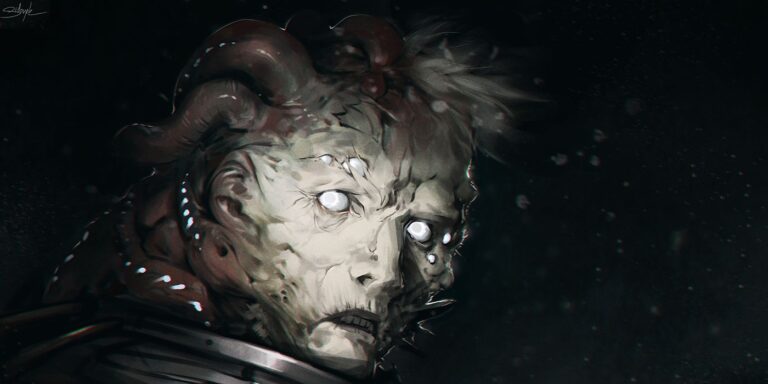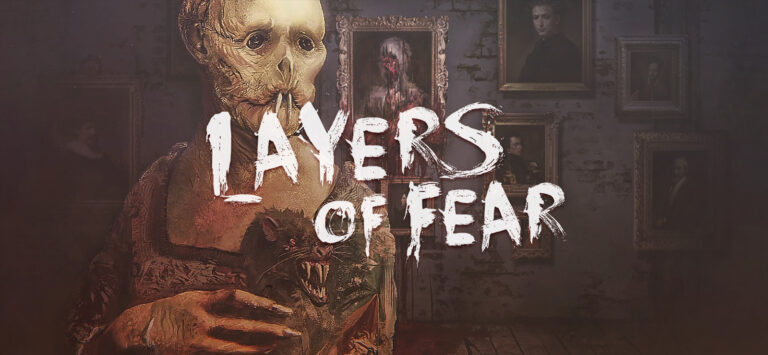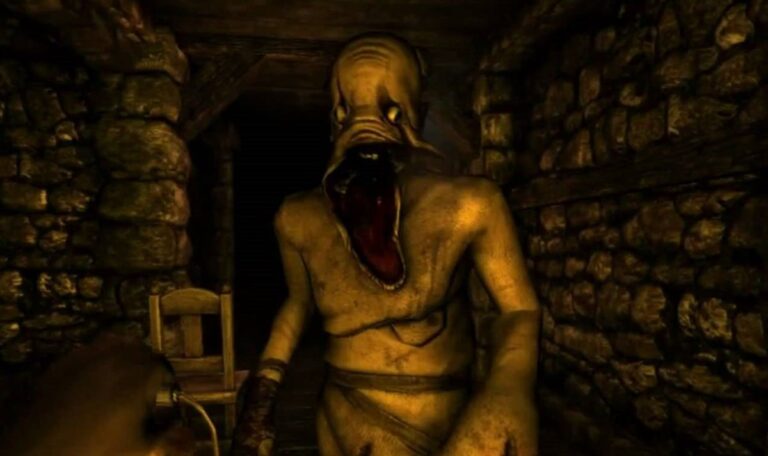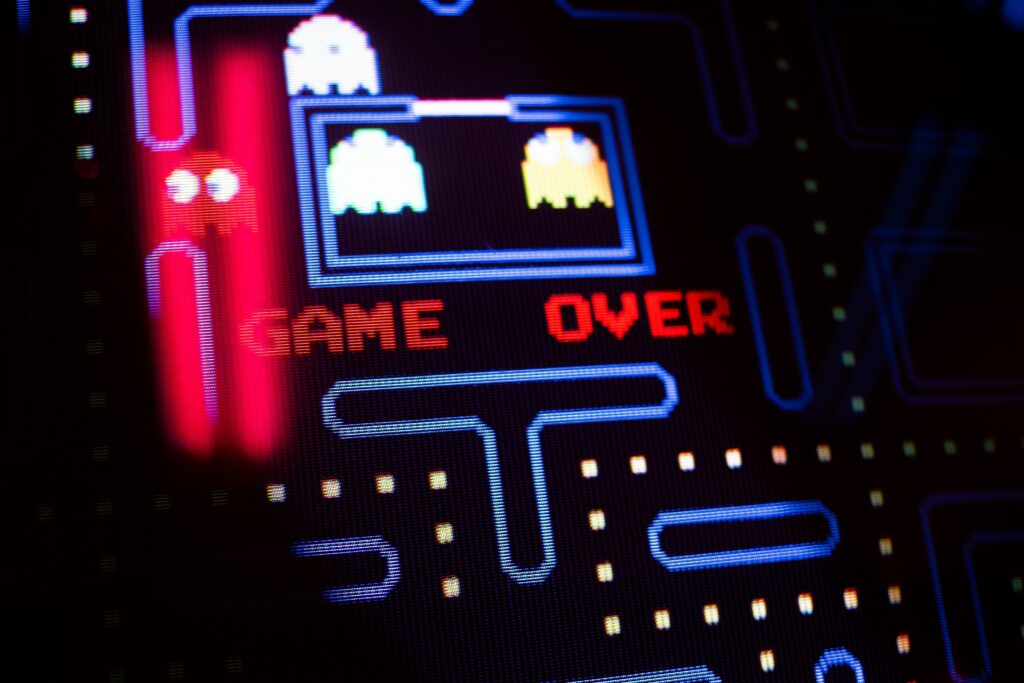
So let’s get this straight: Pac-Man isn’t just a cute little yellow dude munching dots in a colorful maze. It’s not just retro fun. It’s not just “arcade vibes” and blippy music and quarters on the machine. Underneath the cheery aesthetic, this game is a panic attack in disguise. A psychological pressure cooker wearing a pixelated smile.
Pac-Man IS a horror game. A real one. Not because of jump scares or blood or any of that surface stuff, but because of the stuff that gets under your skin. And once you peel it back, it’s hard to see the game the same way again.
THE ILLUSION OF CONTROL
You feel like you’re in charge. You move Pac-Man around the maze, chomping dots. You avoid ghosts. You’re doing fine.
Until you’re not.
That’s the trick, isn’t it? Pac-Man gives you a false sense of safety. The maze seems manageable at first, tiny, closed, predictable. But the more you play, the more you realize you’re not in control. Not at all.
The ghosts, Inky, Blinky, Pinky, and Clyde, don’t just wander randomly. They’re programmed with coordinated AI, each with distinct personalities and hunting strategies. Blinky (the red one) directly chases you. Pinky tries to ambush you. Inky’s erratic behavior simulates unpredictability, and Clyde… well, Clyde is chaos incarnate. The game becomes this choreographed nightmare where your ability to survive depends on predicting semi predictable enemies, like trying to outsmart death in a dream you can’t wake up from.
You never win Pac-Man. You survive. Until you don’t. And the game loops. Again. And again.
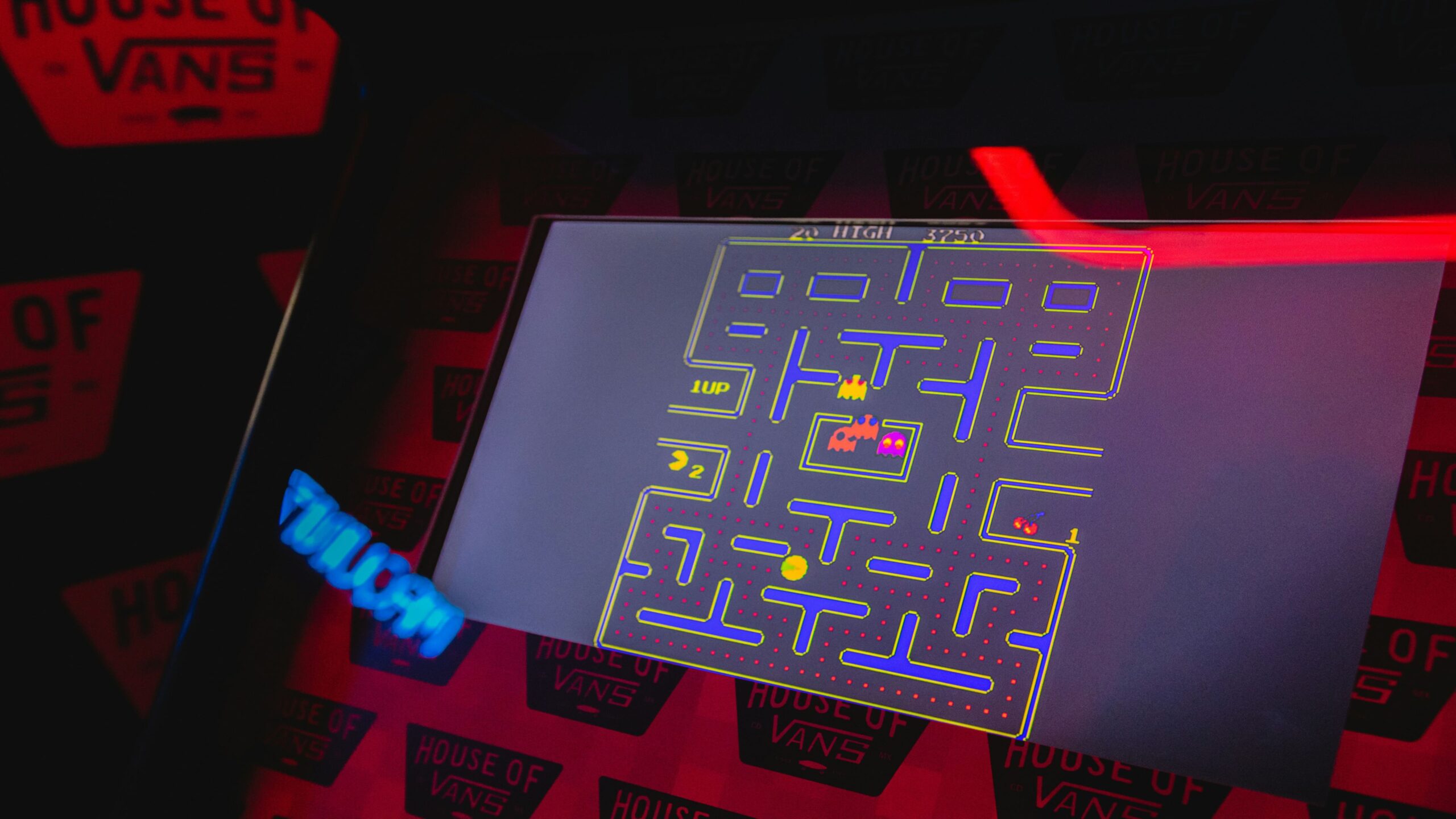
AN EXISTENTIAL LAB RAT
Let’s talk maze psychology. Classic behaviorism experiments often placed rats in mazes to test their reactions, habits, and ability to learn under pressure. And Pac-Man’ is the rat. The maze is the lab. The ghosts are the scientists. The difference is, in real experiments, the rats eventually find an exit. Pac-Man never does.
There’s no “outside” of the maze. There’s no world beyond the borders. Just corridors and dots and ghosts and… fruit. It’s a behavioral Skinner box with a smiley face slapped on top. You press the joystick, you get the pellet. Until you don’t. Until a ghost gets you. Until you’re forced to start again.
And the scariest part? Pac-Man doesn’t question it. You don’t question it. You keep playing.
THE FEAR OF BEING HUNTED
The ghosts aren’t the enemies—they’re manifestations of anxiety. Each ghost represents a different form of dread.
- Blinky is persistent stress. The thing that chases you and never gives up.
- Pinky is anticipation based fear. The fear of what’s coming before it arrives.
- Inky is uncertainty. The kind of dread that paralyzes you because you don’t know what it wants.
- Clyde is irrational fear. The things that don’t make sense but scare you anyway.
These ghosts don’t really chase you. They corner you. They trap you. They create this constant, throbbing sense of pursuit. And even when you get the power pellet and can “fight back,” the victory is temporary. The power wears off. They respawn. They come back.
Pac-Man is never safe. And neither are you.
LOOPING TERROR AND THE LOSS OF MEANING
Here’s where it gets existential.
Pac-Man is trapped in an infinite loop. There’s no end. No final level. No release. You go from one screen to the next, the same maze, different speed, maybe a slightly different color scheme. You’re running, eating, running again. Sometimes you win, sometimes you die. But it’s always the same cycle.
This isn’t progression. It’s entropy.
In psychological horror terms, that’s terrifying. Because it taps into one of the most primal human fears: meaninglessness. The idea that you could be stuck in a pattern forever. That your actions don’t change the outcome. That your enemies never die. That your victories are hollow.
That your life is a game where the rules are fixed and escape is impossible.
Pac-Man isn’t a hero. He’s a prisoner.
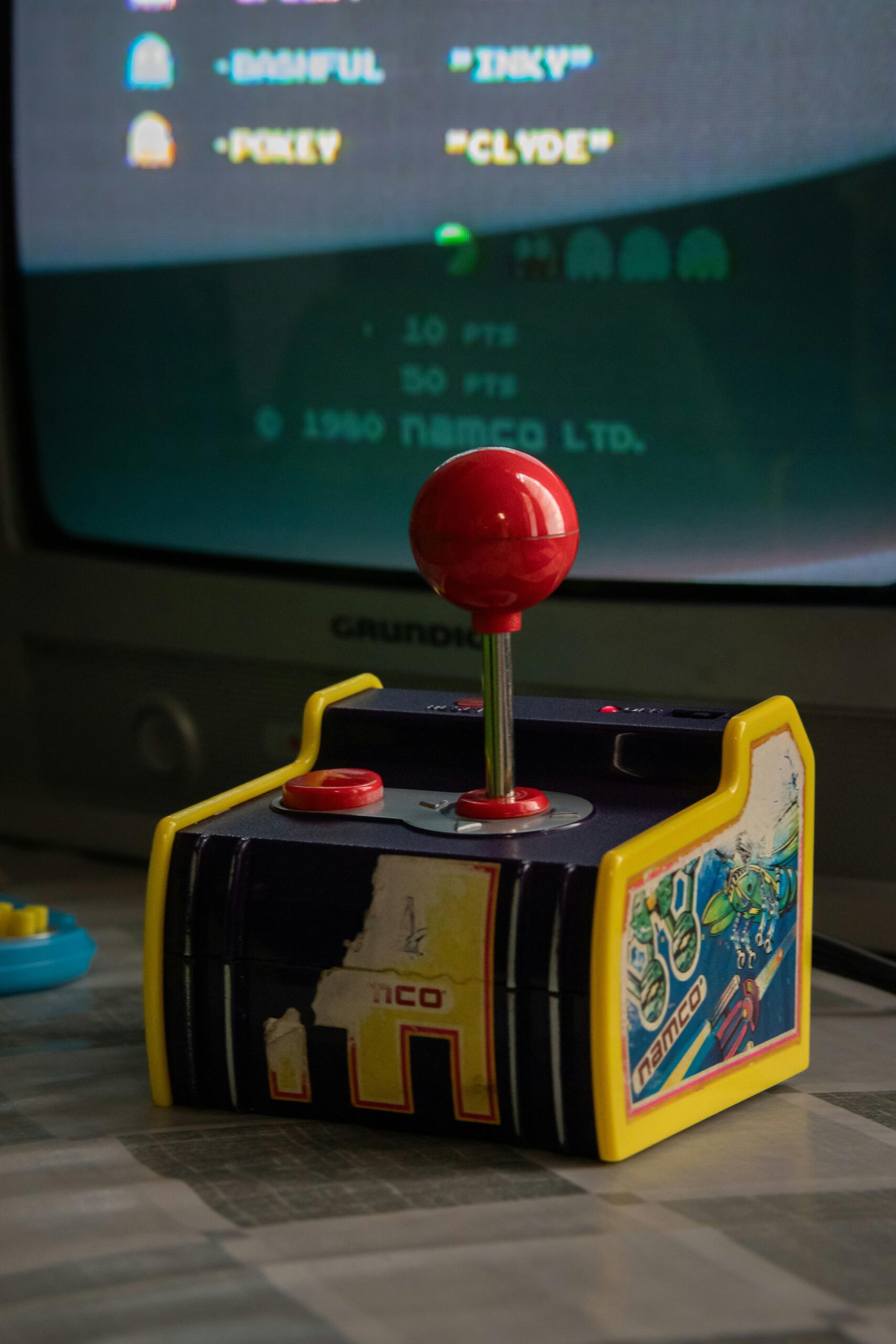
THE SOUNDTRACK TO A PANIC ATTACK
People always talk about the game’s music like it’s fun. But if you really listen, it’s manic. It speeds up as the ghosts get closer. It gets frantic when you’re down to your last life. It’s a siren, not a song. It’s not telling you you’re doing well; it’s warning you that you’re about to die.
The audio design mimics the rising heartbeat of a panic attack. There’s almost no silence. You’re surrounded by blips, chomps, screeches. It feels playful at first, then you realize it’s overwhelming. You can’t think clearly. You start to move on instinct. That’s by design.
You’re not supposed to think. You’re supposed to react. The ghosts are forcing you into a fight or flight loop, and the game doesn’t let you rest. Just like real anxiety.
A SYMBOL OF CONSUMPTION
Let’s talk about the dots. The pellets. The constant eating.
Pac-Man is always consuming. That’s his only function. He eats to stay alive, but also just… because. There’s no satisfaction. No reward that lasts. The act of eating is compulsive. Addictive. It never ends.
In that sense, Pac-Man is a metaphor for addiction. Or capitalism. Or survivalism. Pick your poison. The dots never run out. The ghosts never stop coming. The maze never ends. You just keep eating, like it’ll save you.
It won’t.
THE KILL SCREEN: DEATH AS THE ONLY ESCAPE
Let’s not forget Level 256; the infamous “kill screen.”
It’s not a boss fight. Not a big showdown. It’s the code itself breaking down. A glitch. The right side of the maze becomes a garbled mess, full of corrupted symbols and impossible movement. It’s the game’s way of saying: you weren’t meant to get this far.
That’s the final horror of Pac-Man.
Not that you lose. But that when you win too hard, the world stops making sense. Reality shatters. The loop glitches. The illusion dies. And you see what’s underneath.
A game that was never designed to end.

SO… IS PAC-MAN A HORROR GAME?
Yeah. 100%.
It doesn’t look like one. It doesn’t sound like one. But it is.
Because real horror isn’t just about monsters. It’s about helplessness. About repetition. About fear that doesn’t go away. Pac-Man traps you in a world that feels fun but slowly crushes your sense of self. It weaponizes nostalgia. It hides its terror in plain sight.
Pac-Man is every hallway dream you’ve ever had. Every nightmare where you’re running from something you can’t escape. Every moment in life when you felt stuck, afraid, hunted, and alone.
And it smiles at you the whole time.
